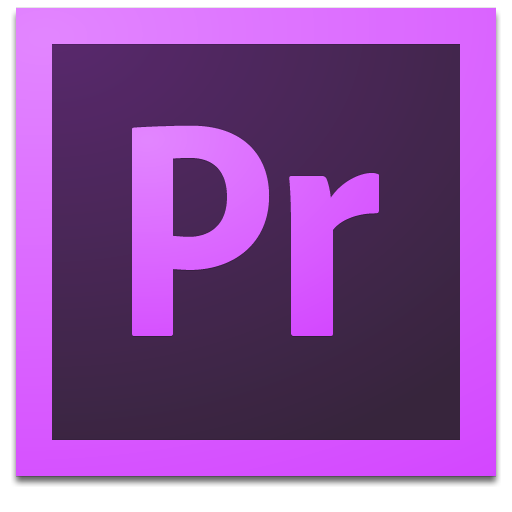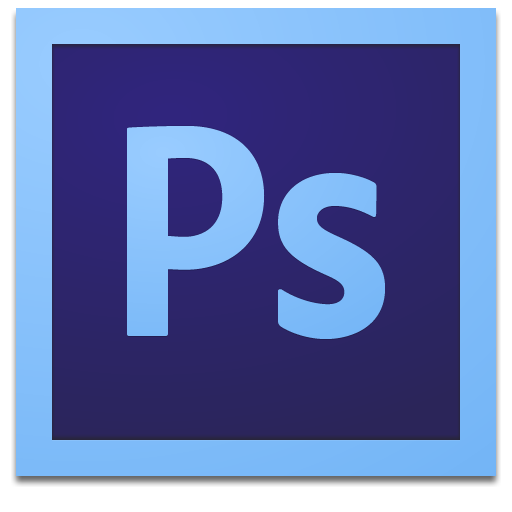Software
Students in Introduction to Multimedia learn key components of the Adobe Creative Cloud software in addition to shooting and editing skills. Over the course of a semester, reported content is brought to life through photo, video and sound editing.
Students build their multimedia packages using the WordPress content management system platform, with access to various plugins allowing them to creatively display extra elements.
[fourcol_one] [/fourcol_one]
[/fourcol_one]
[fourcol_three_last]Adobe Premiere
Students are taught fundamentals of video editing, including importing content, editing individual clips, creating sequences and building titles for their work.
At the end of the fall and spring terms, students are expected to turn in two videos: a four-to-five minute overall video and a two-to-three minute video focusing on a specific element of the story.
[/fourcol_three_last]
[fourcol_one] [/fourcol_one]
[/fourcol_one]
[fourcol_three_last]Adobe Photoshop
In addition to getting a primer in photojournalism ethics and basic shooting skills, students learn how to do editing within Photoshop. This class is journalism-focused, so the editing is limited to only what can be done in a traditional, “wet” darkroom. Photo manipulation is not tolerated.
Students are required to build a header to sit on top of their projects using the software by applying lessons learned in basic graphic design and typography. Classmates are encouraged to use constructive criticism during the editing process to make each others’ projects better.
A gallery of 10 photos, selected from the body of work shot, is a requirement of the final project.
[/fourcol_three_last]
[fourcol_one] [/fourcol_one] [fourcol_three_last]Adobe Audition
[/fourcol_one] [fourcol_three_last]Adobe Audition
Basic sound editing can be done simultaneously in while editing video in Premiere, but students are encouraged to use a primary editing program to create MP3s for their projects.
While audio recorders are available for checkout, students are encouraged to utilize their own equipment too, including smart phones.
Advanced audio techniques are encouraged, including the use of lavaliere microphones to separate main interviews for background noise.
[/fourcol_three_last]
[fourcol_one] [/fourcol_one] [fourcol_three_last]WordPress
[/fourcol_one] [fourcol_three_last]WordPress
The Pulse of 209 website is a self-hosted WordPress-based website. Students are given access to a back-end What You See Is What You Get (WYSIWYG) editor with toggle windows to go between “visual” and “text” based views. The purpose is to allow students to understand the behind the scenes coding.
As part of the course, students also utilize WordPress plugins to display content, including timelines, info boxes, photo galleries and simple audio files.
[/fourcol_three_last]
